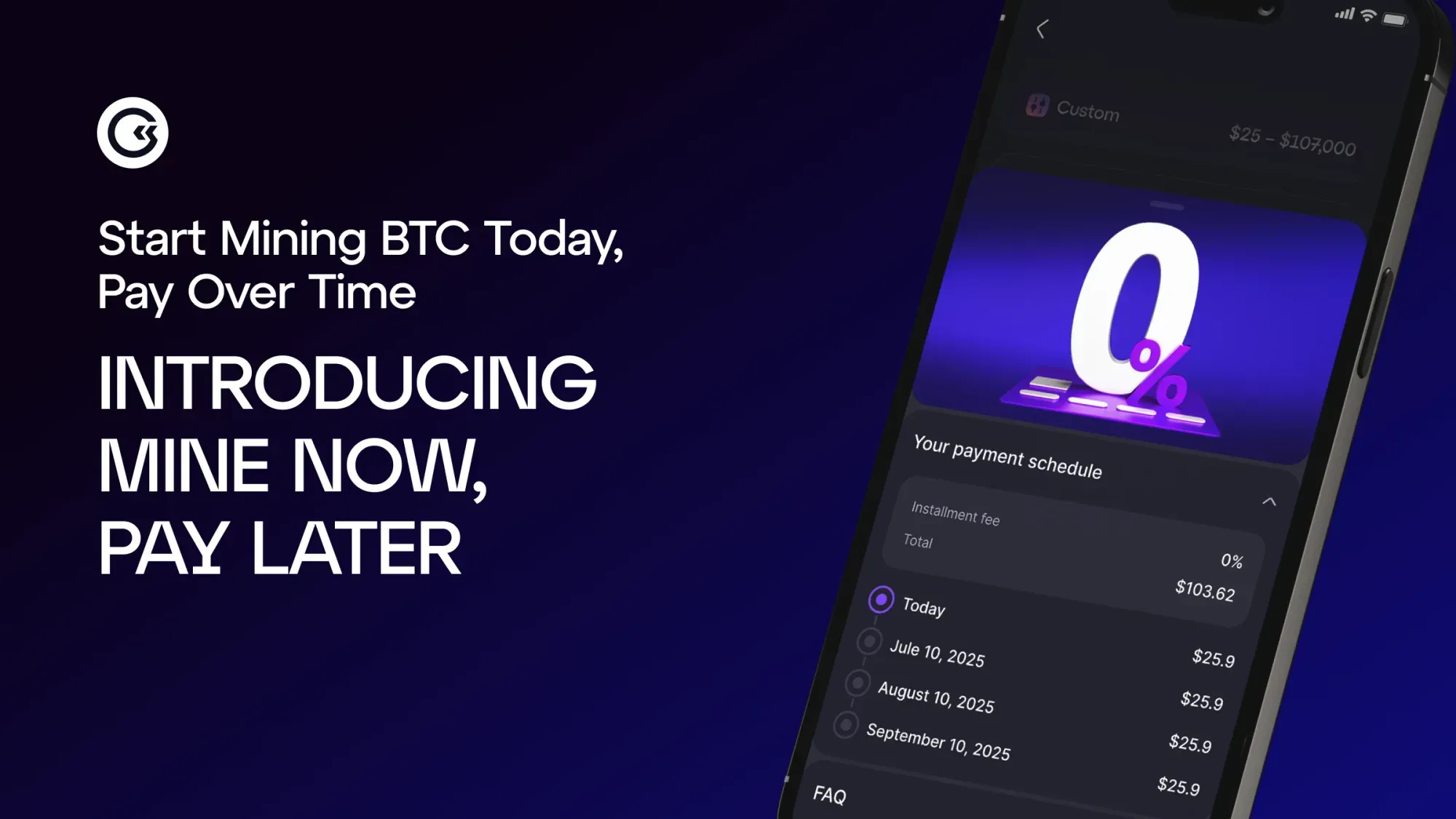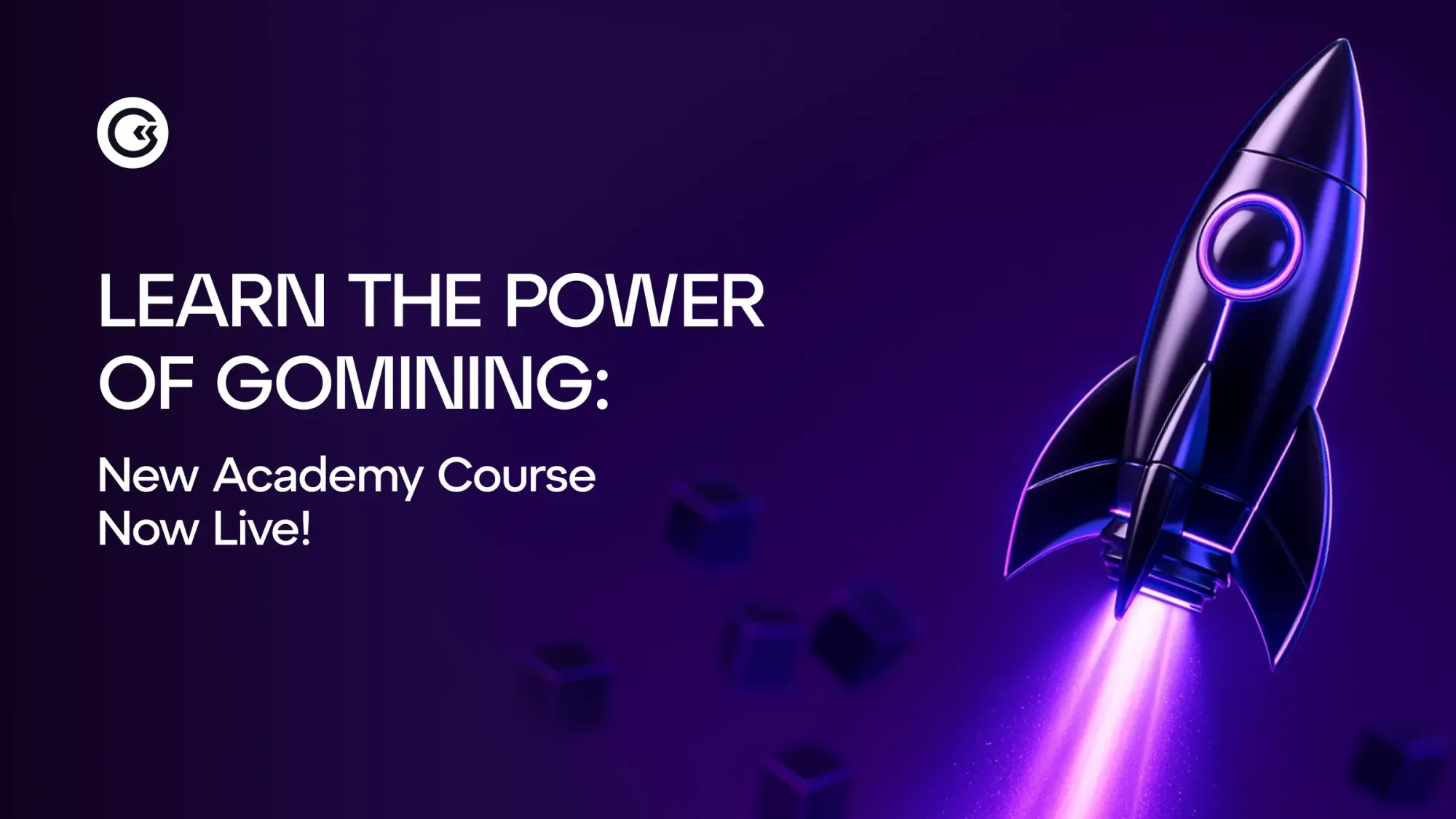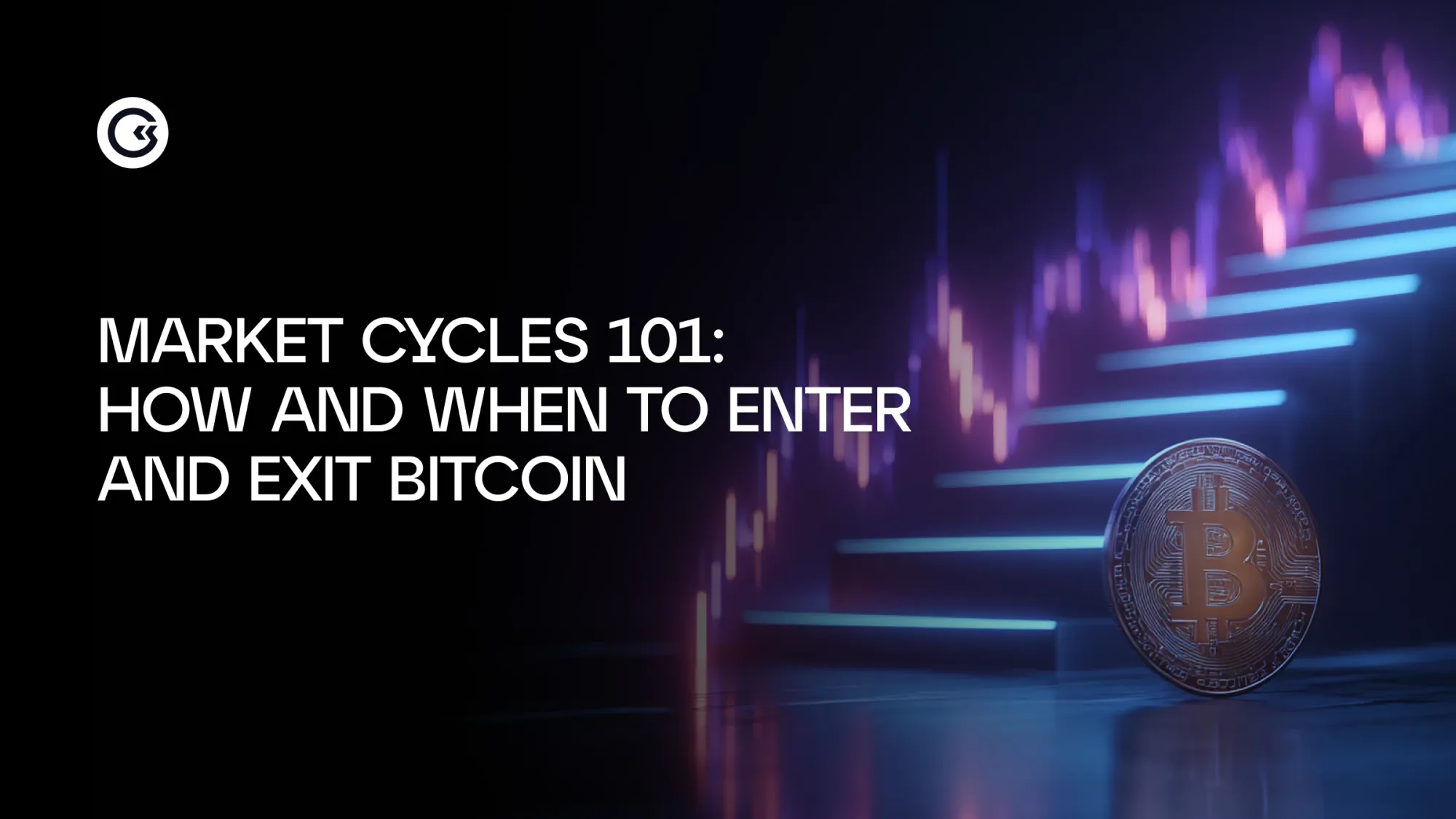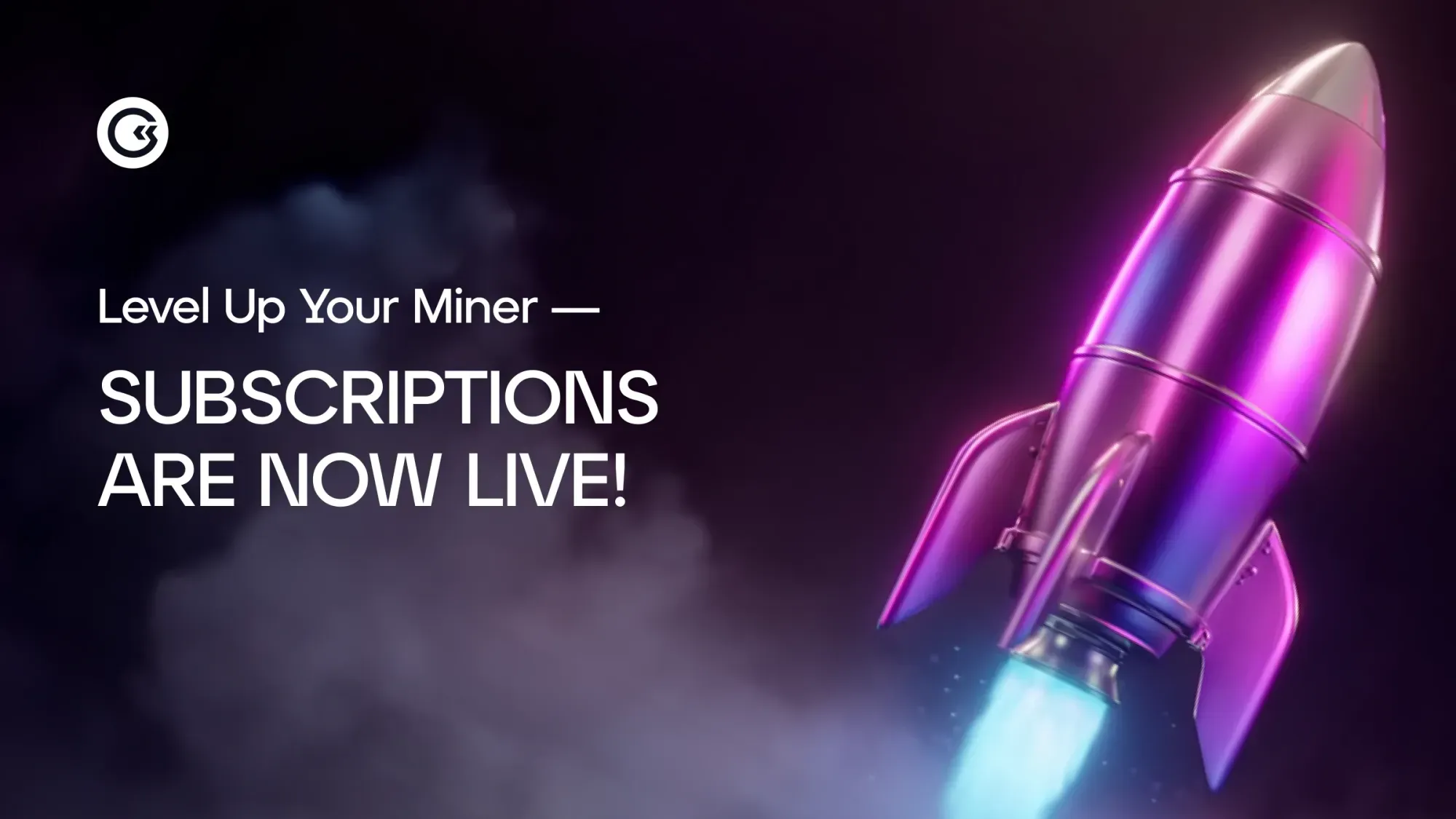Which Path to Bitcoin Rewards Is Right for You?
Should you jump into solo mining Bitcoin or join a crypto mining pool? This dilemma pits independence versus collaboration, unpredictability versus stability. And it’s clear this is more than just a technical choice — it’s an answer to the main question: Is Bitcoin mining still profitable?
Let’s break down the difference between solo mining and pool mining, weigh the pros and cons, and see how GoMining fits into the picture.
Solo Bitcoin Mining: What Is It?
Solo mining means you're running your own Bitcoin node, pointing your mining hardware at attempting to find blocks without assistance. No shared rewards. No coordination. Just you and the blockchain.
In essence, solo mining Bitcoin is the purest form of participation in the Bitcoin network — it’s what early miners like Satoshi Nakamoto did. If you win the block, you take home the full block reward and transaction fees (currently 3.125 BTC plus fees, post-halving).
Pros of Solo Bitcoin Mining:
- Full Rewards: Keep 100% of the reward.
- Decentralization: Supports Bitcoin’s ethos of distribution and independence.
- True Bitcoin Maximalist Approach: No reliance on intermediaries.
Cons:
- Rare Payouts: Without massive hashrate, finding a block can take months or years, or never happen.
- High Variance: It's all or nothing.
- Hardware Requirements: You need powerful, reliable gear and infrastructure.
To help gauge your chances, a solo mining calculator (or more specifically, a Bitcoin solo mining calculator) estimates the probability of solving a block based on your hashrate. Spoiler alert: unless you control a significant portion of the network’s hashrate, the odds aren’t great.
What Is a Mining Pool?
A mining pool is a group of miners who agree to share block rewards in proportion to the work each contributes. By pooling resources, miners can receive smaller but more frequent payouts.
So, what is a mining pool if not a cooperative of hash power? Miners submit “shares” that represent partial work, and when the pool finds a block, the rewards are split among members based on contribution.
Pros of Pool Mining:
- Steady Earnings: Regular payouts reduce income variance.
- Lower Barrier to Entry: Even small-scale miners can participate.
- Efficiency: Better uptime and optimization.
Cons:
- Fees: Pools usually take a 1-2% cut.
- Centralization Risk: Large pools can dominate the network.
- Less Autonomy: You rely on the pool’s infrastructure and policies.
Popular platforms like Mining Pool Stats help miners compare the best bitcoin mining pool data based on hashrate share, fees, payout methods, and reliability. When looking for the best mining pool or even better, a Bitcoin mining app for smarter mining, checking live statistics and community feedback is essential.
How to Join a Mining Pool
It’s simpler than ever to join a mining pool, even for beginners. Here’s how to get started:
- Choose a Mining Pool: Use Mining Pool Stats to research options.
- Register and Configure: Sign up on the pool’s website, configure your miner’s software with the pool’s address.
- Connect and Start Mining: Your mining rig starts contributing to the pool’s hashrate.
- Receive Payouts: Depending on your contribution and the pool’s rules, you’ll receive payouts regularly.
Still unsure how to join a Bitcoin mining pool? Many modern mining apps include built-in onboarding and tutorials, or a Beginner’s guide to Bitcoin mining.
Bitcoin Solo Mining Pool: A Hybrid Option?
Wait — what’s a Bitcoin solo mining pool? Sounds like a contradiction, right?
Not quite.
Some platforms offer solo mining within a pool interface — essentially providing infrastructure and support for solo miners while still allowing them to keep 100% of rewards if they find a block. It’s the best of both worlds: you get to solo mine but avoid managing a full node or data center.
These setups can be considered the best Bitcoin solo mining pool options for miners who value autonomy but want to skip the technical headaches.
Why Not Both?
It’s somewhat surprising to find a mining app among the list of top passive income investments for 2025, yet GoMining can offer something for everyone. Based on the concept of Liquid Bitcoin hashrate, GoMining digital miners provide tokenized mining power. In this setup, miners can trade or just use their hashrate to receive returns, enabling more flexible access to mining rewards and potentially more Bitcoin mass adoption. It also makes mining more accessible, which aligns with the ethos behind both pool and solo mining models — make Bitcoin mining for everyone, a Bitcoin Maximalist approach.
Digital mining, as such, is often compared to cloud mining. Articles dedicated to Digital miners vs cloud mining aren’t a rarity. In short, digital mining has something, cloud mining can’t offer — real ownership over mining assets. There are many reviews and guides that can help figure out how to earn Bitcoin with GoMining, but the main point is that GoMining has a solution for both solo and pool miners.
Is GoMining a worthwhile crypto investment? Let’s take a look. GoMining offers two separate mining modes: users can use solo mining, or play Miner Wars – a game where players form clans and compete in a gamified mining arena for BTC and GOMINING token rewards (which can be used within the GoMining ecosystem or in a liquidity pool). It follows the core principles of a crypto mining pool, where users receive rewards based on their contribution.
Here, players can:
- Strategize as teams (akin to pool mining)
- Compete for block-equivalent rewards
- Use spells and upgrades to boost output
It’s a glimpse into how mining games work in crypto, as Miner Wars combines the profitability of mining pools with the spirit of solo competition, plus a healthy dose of fun.
Which Is Best: Solo Mining or Mining Pool?
There’s no universal answer. It all depends on your goals, philosophy, and resources.
For a Bitcoin Maximalist, solo mining is a badge of honor — the raw, sovereign way to earn BTC. For those chasing more predictable returns, a crypto mining pool or hybrid models are the better bet.
And with new concepts like Liquid Bitcoin hashrate, gamified mining (Miner Wars), and tokenized infrastructure, the lines between solo and pool mining are blurring.
Where to Next?
When your Bitcoin mining platform constantly grows and comes up with new solutions to everyday mining issues, it’s curious to see what comes next. Right now, we hear more and more about how AI is revolutionizing Bitcoin mining.
It’s entirely possible that the implementation of artificial intelligence will change the way we view mining. So in the battle of Solo Mining vs Mining Pool the scales would tip in favor of one option. For now, however, it’s clear that the choice depends solely on the user and their preferred way. If you choose a mining pool Bitcoin might likely become a smaller, additional stream of income. Solo mining would suit those who dream of striking it big.
In the end, solo or pool, miner or gamer, maximalist or newcomer — you’re part of the path toward Bitcoin mass adoption. Choose your lane, plug in your rig, and start mining.
June 20, 2025













